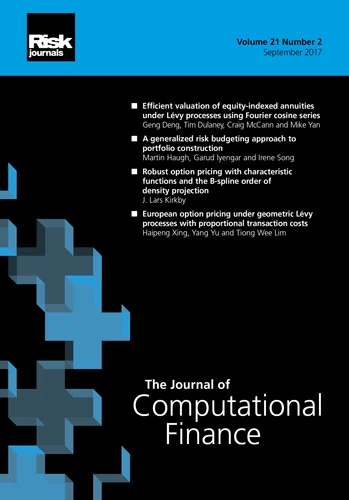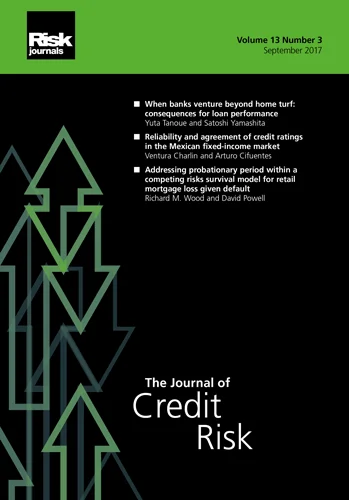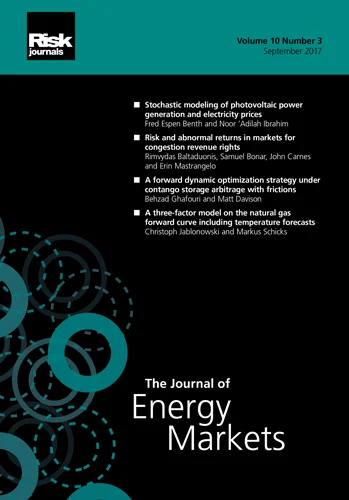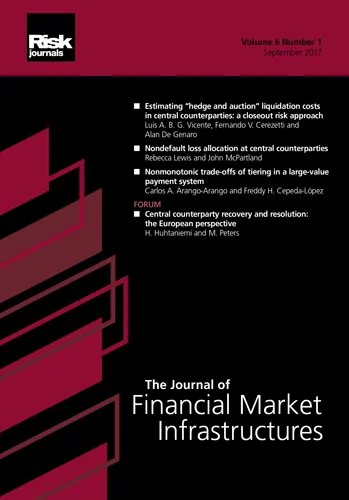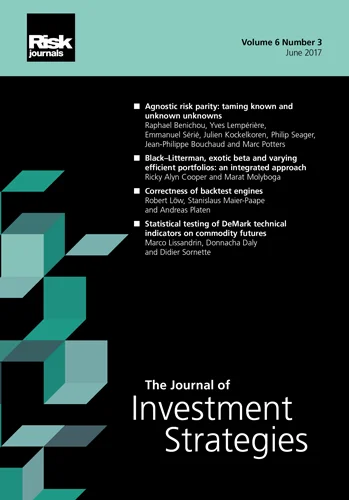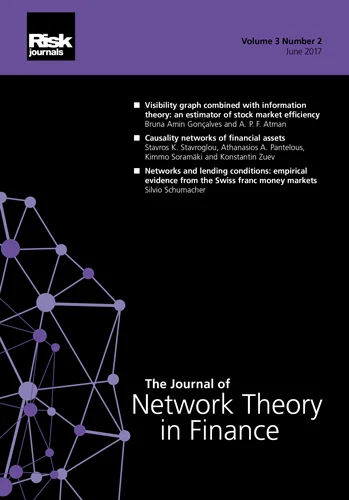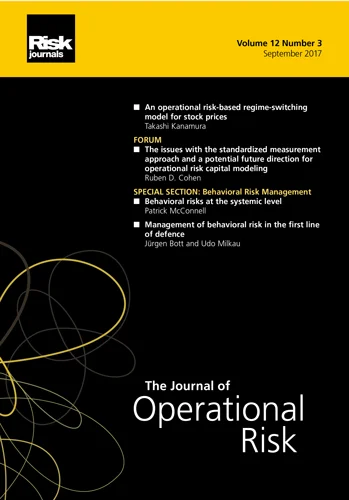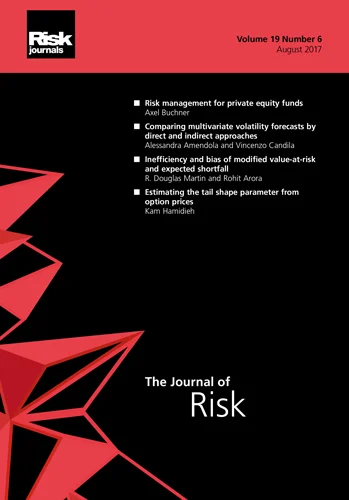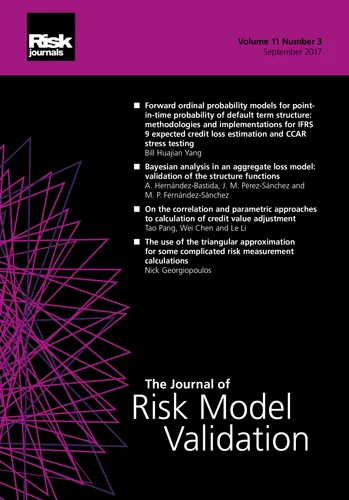Journal of Network Theory in Finance
ISSN:
2055-7809 (online)
Editor-in-chief: Ron Berndsen
Volume 3, Number 2 (June 2017)
Editor's Letter
Before discussing this issue of The Journal of Network Theory in Finance, we would like to welcome all the new members of our editorial board (www.risk.net/static/journal-of-network-theory-in-finance-editorial-board): an impressive team that we are honored to work with.
This issue contains three papers. The first paper, “Visibility graph combined with information theory: an estimator of stock market efficiency” by Bruna Amin Gonçalves and A. P. F. Atman, continues the flow of contributions generated by discussions and talks given at the Econophysics Colloquium in Brazil (www.econophysics-colloquium.org). This paper combines for the first time the visibility graph technique with information theory quantifiers, specifically the Shannon–Fisher plane, to study several stock market indexes from thirty-two different countries and perform an analysis in different time periods. The main outcome is that emerging countries display more persistence features than developed countries. This type of study demonstrates that techniques from statistical physics can be powerful when studying problems in finance and economics.
In the second paper, “Causality networks of financial assets”, Stavros K. Stavroglou, Athanasios A. Pantelous, Kimmo Soramäki and Konstantin Zuev present a comparative analysis of financial networks as produced by various causality methods. Their results contradict the efficient market hypothesis, opening new horizons for further investigation and possible arbitrage opportunities. The authors’ conclusion that causalities cannot be used for forecasting asset prices directly – rather, they are tools to detect causal relationships and help in the model-design process – raises questions and challenges standard approaches. The network visualization they provide will also help practitioners and scientists to see insights they could not have seen otherwise.
Silvio Schumacher provides evidence on the functioning of interbank money markets and the impact of market participants’ interconnectedness in “Networks and lending conditions: empirical evidence from the Swiss franc money markets”, this issue’s third and final paper. The author offers an empirical study of trading volume and interest rates in the secured and unsecured Swiss interbank markets. He computes various network statistics for both markets and uses these as exogenous variables in panel regressions for volume and interest rates. As it turns out, past network measures often appear as significant explanatory variables, and most of the effects found appear to be economically plausible.
Kimmo Soramäki and Tiziana Di Matteo
Financial Network Analytics Ltd. and King’s College London
Papers in this issue
Visibility graph combined with information theory: an estimator of stock market efficiency
In this paper, the authors use information theory quantifiers to analyze the graphs generated by the VG method as applied to the return rate time series of stock markets from different countries.
Causality networks of financial assets
Through financial network analysis, this paper ascertains the existence of important causal behavior between certain financial assets, as inferred from eight different causality methods.
Networks and lending conditions: empirical evidence from the Swiss franc money markets
In this paper, the author provides an empirical analysis of the network characteristics of two interrelated interbank money markets and their effect on overall market conditions.
